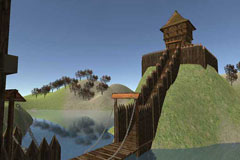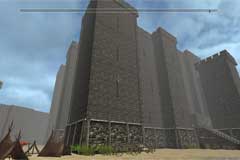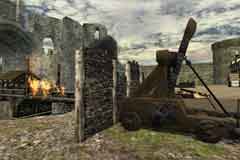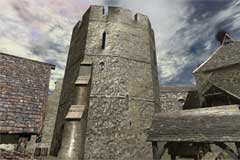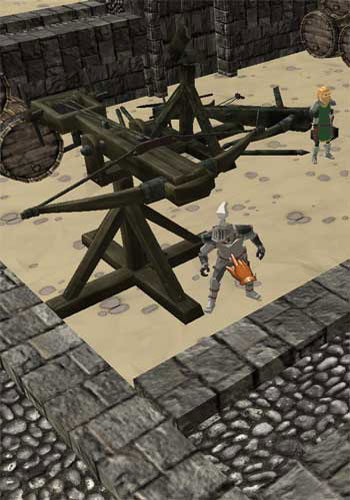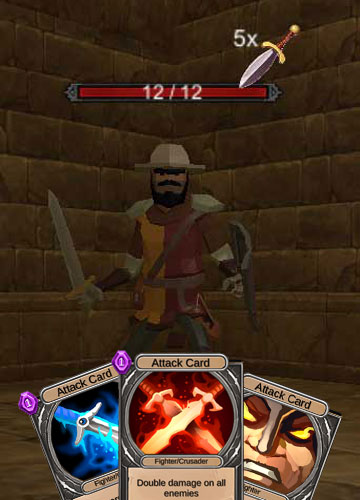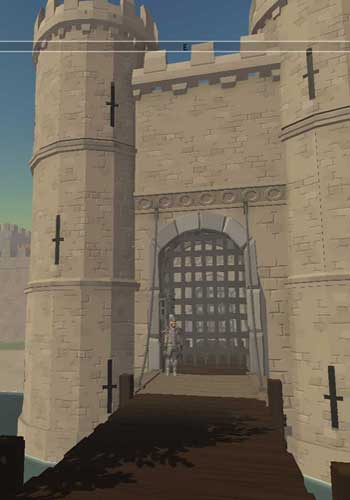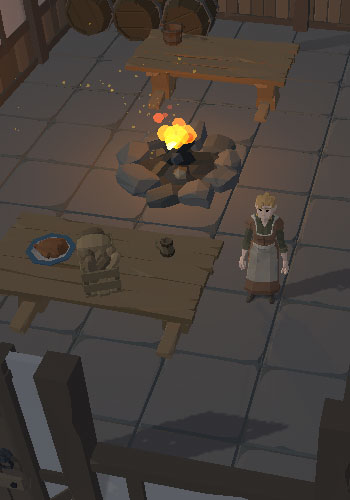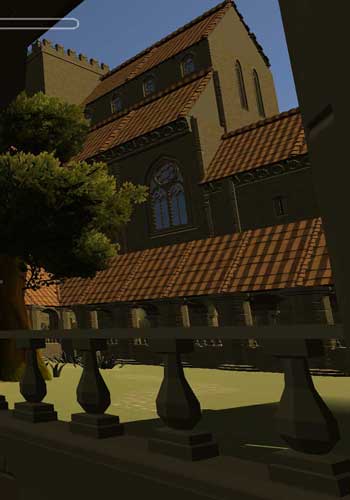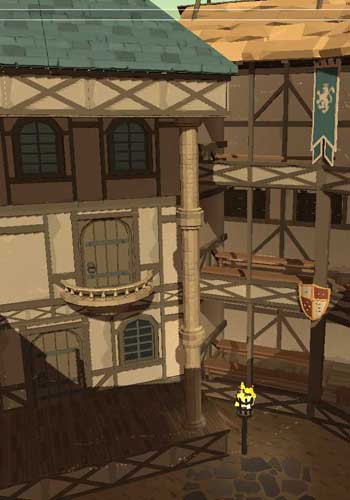Edward II and Piers Gaveston
Tweet iers Gaveston was the favourite of King Edward II of England. He was born near the lands of Gascony that the English Kings had control over and when Edward was still a prince, Piers joined the Royal household where a strong relationship developed between the pair. The bond between Prince Edward and Piers led to the prince's mistrust of his father King Edward I and this led to Piers being banished from court. This changed when King Edward I died and Prince Edward became the ruler of England. Piers was recalled from exile to become Edward's confidant and was made Regent of England while the king travelled to France to marry Isabella, the French king's daughter. Edward also gave Gaveston the title of Earl of Cornwall, a title tradionally bestowed upon nobility and not someone who came from Pier's background.
iers Gaveston was the favourite of King Edward II of England. He was born near the lands of Gascony that the English Kings had control over and when Edward was still a prince, Piers joined the Royal household where a strong relationship developed between the pair. The bond between Prince Edward and Piers led to the prince's mistrust of his father King Edward I and this led to Piers being banished from court. This changed when King Edward I died and Prince Edward became the ruler of England. Piers was recalled from exile to become Edward's confidant and was made Regent of England while the king travelled to France to marry Isabella, the French king's daughter. Edward also gave Gaveston the title of Earl of Cornwall, a title tradionally bestowed upon nobility and not someone who came from Pier's background.
The instant rise to power of Gaveston angered the barons who may have expected to benefit from the death of the old king. They came together under Thomas, the Earl of Lancaster, the first cousin of Edward II and applied pressure on the king to remove Gaveston from Court. In 1308, the king yielded to the barons' demands, sending Gaveston to Ireland as his Lieutenant and removing his title of Earl of Cornwall.
This second exile came to an end in 1309 when Edward would only agree to Parliament's reform demands if Gaveston's banishment to Ireland were to be reversed. As soon as Edward's favourite returned to Court his old ways resurfaced to the great annoyance of the barons.
The Lords Ordainers
in August of 1311, a group of twenty-one peers and members of the clergy signed the Ordinances, a series of government acts made at Parliament to limit the powers of King Edward II. Amongst other demands this involved increasing their control over Edward's finances and renewing the banishment of Piers Gaveston, who need to leave the country by the end of October. Initially the banishment was enacted, but by the end of the year Gaveston was by the King's side. It was looking likely that civil war was imminent.
Civil War
Edward and Gaveston fled north, first to Scotlan in the hope of support, but received none. Returning south they stopped at Scarborough Castle where Gaveston prepared for a siege while Edward travelled to York. The Ordainers led by Lancaster prevented the King and Gaveston rejoining and the siege of Scarborough Castle began. Not suited for a lengthy siege, Gaveston surrendered to the Earl of Pembroke who assured Gaveston of his safety while being taken prisoner. Stopping at, just south of Banbury, Pembroke left his prisoner to attend to other matters. Grasping their chance, several peers including Lancaster and Warwick stole Gaveston to Warwick and a few miles north of the castle executed him.
The burial of Piers Gaveston was delayed because the Archbishop of Canterbury had honoured his threat to excommunicate him if he returned from exile and it wasn't until the end of 1314 that Edward was able to give his friend a lavish ceremony and burial.
1308
1309
1310
1311
1312
1314
Event Participants and Locations
- Edward (II, King of England 1307-1327)
- Gaveston, Piers (Earl of Cornwall)
- Isabella (of France, Wife of Edward II)
- Philippe (IV, The Fair, King of France 1285-1314)
- Thomas (Earl of Lancaster)
- Bruce, Robert (the Bruce, I, King of the Scots 1306-1329)
- Westminster Abbey
- Berwick Castle
- Bamburgh Castle
- Windsor Castle
- Scarborough Castle
- York Castle (Clifford's Tower)
- Tynemouth Castle
- Warwick Castle
- Boulogne
- Parliament
- York
Selection of references used:
- 1: Caroline Bingham, The Life and Times of Edward II
- 2: McKisack, The Fourteenth Century 1307-1399
- 3: A.R.Myers, England in the late middle Ages
Related Information
Medieval Episodes
Early Middle Ages
High Middle Ages
- Edward the Confessor and Godwine
- Reasons for the Norman Invasion
- The Norman Invasion
- The Norman Conquest
- Background to the Crusades
- People's and First Crusade
- Second Crusade
- Third Crusade
- Stephen's succession to the throne
- Civil War (The Anarchy)
- The Conquest of Ireland
- Henry II and Thomas Becket
- Excommunication of King John
- The First Barons' War
- The Second Barons' War
- Edward I and Wales
- Edward I and Scotland
Last Middle Ages
- Edward II and Piers Gaveston
- Robert the Bruce
- Isabella, She-Wolf of France and death of Edward II
- Edward III starts the Hundred Years War
- Continues with Richard II
- Henry V invades France
- Henry VI and Joan of Arc
- The Black Death
- The Peasants Revolt
- The Lords Appellant
- Glendower's Revolt
- Wars of the Roses
Early Modern Period
Event Participants and Locations
- Edward (II, King of England 1307-1327)
- Gaveston, Piers (Earl of Cornwall)
- Isabella (of France, Wife of Edward II)
- Philippe (IV, The Fair, King of France 1285-1314)
- Thomas (Earl of Lancaster)
- Bruce, Robert (the Bruce, I, King of the Scots 1306-1329)
- Westminster Abbey
- Berwick Castle
- Bamburgh Castle
- Windsor Castle
- Scarborough Castle
- York Castle (Clifford's Tower)
- Tynemouth Castle
- Warwick Castle
- Boulogne
- Parliament
- York
